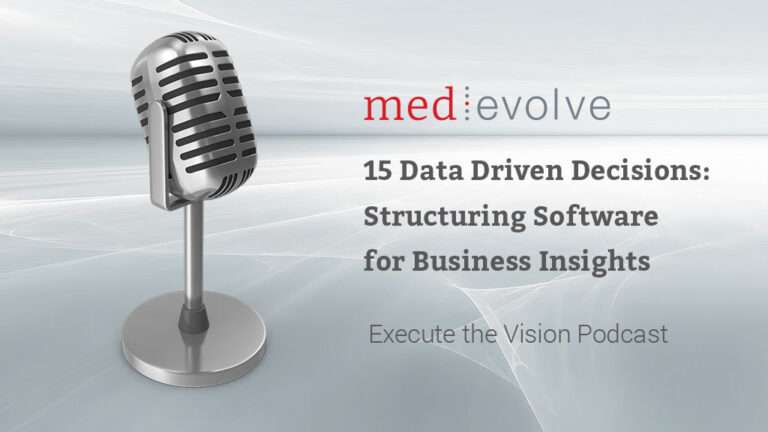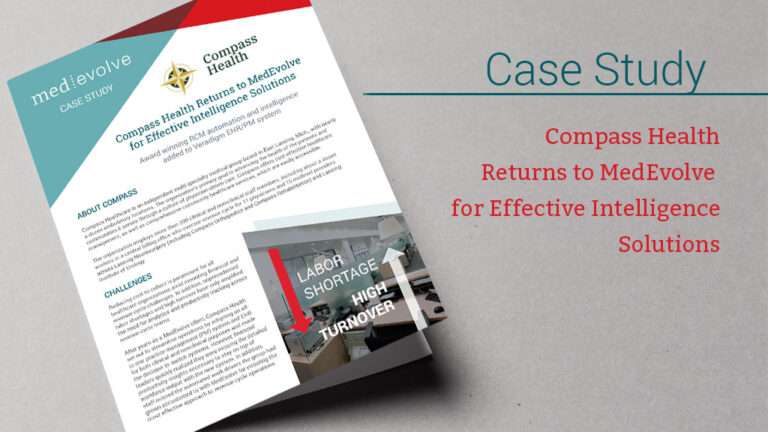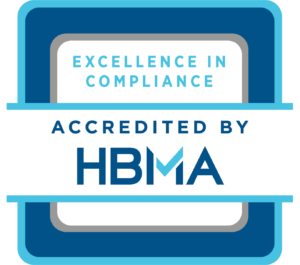Definition and objective of claims submission
Claims submission is the process of submitting healthcare claims to insurance companies or government payers to request reimbursement for the services provided to patients. It is a critical step in the revenue cycle of healthcare providers, as it initiates the payment process for the services rendered.
Key components
Claims Preparation
Before submitting a claim, healthcare providers compile all the necessary information and documentation related to the patient encounter. This includes patient demographics, insurance details, medical coding (ICD and CPT codes), and supporting documentation such as physician notes, lab results, or diagnostic reports. Electronic health record (EHR) systems or practice management software are commonly used to facilitate the claims preparation process.
Claim Form Generation
Healthcare providers generate the claim form, typically using the standardized claim forms such as the CMS-1500 form for professional services or the UB-04 form for institutional services. These forms include fields to capture all the relevant information needed for claims processing and reimbursement.
Data Entry and Coding
Providers enter the patient and service details into the claim form, ensuring accurate and complete information. This includes patient identification, insurance information, dates of service, and the assigned medical codes (ICD and CPT codes) that describe the diagnoses, procedures, and services provided.
Claims Submission
Once the claim form is completed, healthcare providers submit the claim to the insurance company or government payer. The submission can be done electronically through clearinghouses or directly to the payer’s designated portal. Electronic claim submission has become the standard practice due to its efficiency and faster processing times.
Claims Adjudication
After the claim is submitted, the insurance company or payer reviews the claim for accuracy, completeness, and compliance with coverage policies and guidelines. This process is known as claims adjudication. The payer verifies the patient’s eligibility, checks the validity of the codes, and assesses the medical necessity of the services rendered.
Reimbursement Determination
Based on the claims adjudication process, the insurance company or payer determines the reimbursement amount. They apply the contracted rates, coverage limitations, deductibles, co-pays, and other factors to calculate the reimbursement due to the healthcare provider.
Explanation of Benefits (EOB)
The insurance company or payer issues an Explanation of Benefits (EOB) statement, which details the adjudication results and provides a breakdown of the reimbursement determination. The EOB is sent to the healthcare provider and often shared with the patient, explaining the insurance company’s payment and any patient responsibility.
Payment and Remittance
Upon receiving the reimbursement determination, the insurance company or payer initiates the payment to the healthcare provider. The payment can be in the form of electronic funds transfer (EFT) or a physical check. Along with the payment, a remittance advice is provided, which includes information on the processed claim, payment amount, and any adjustments made.
Claims submission involves adherence to specific timelines, coding guidelines, and payer-specific requirements to ensure smooth processing and timely reimbursement. Healthcare providers often have dedicated billing and coding staff or utilize revenue cycle management systems to streamline the claims submission process, minimize errors, and optimize revenue collection.









